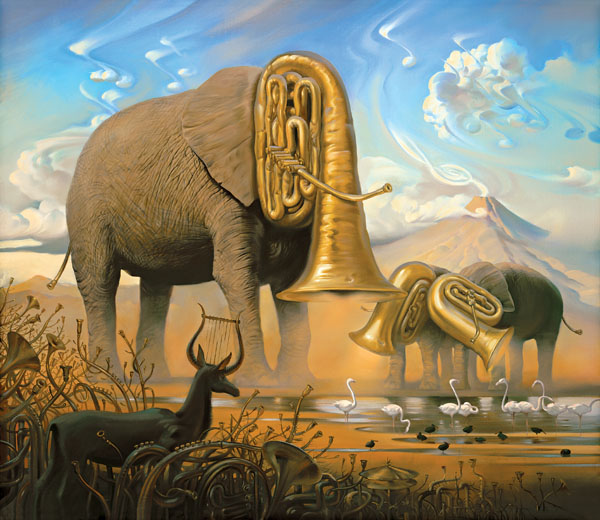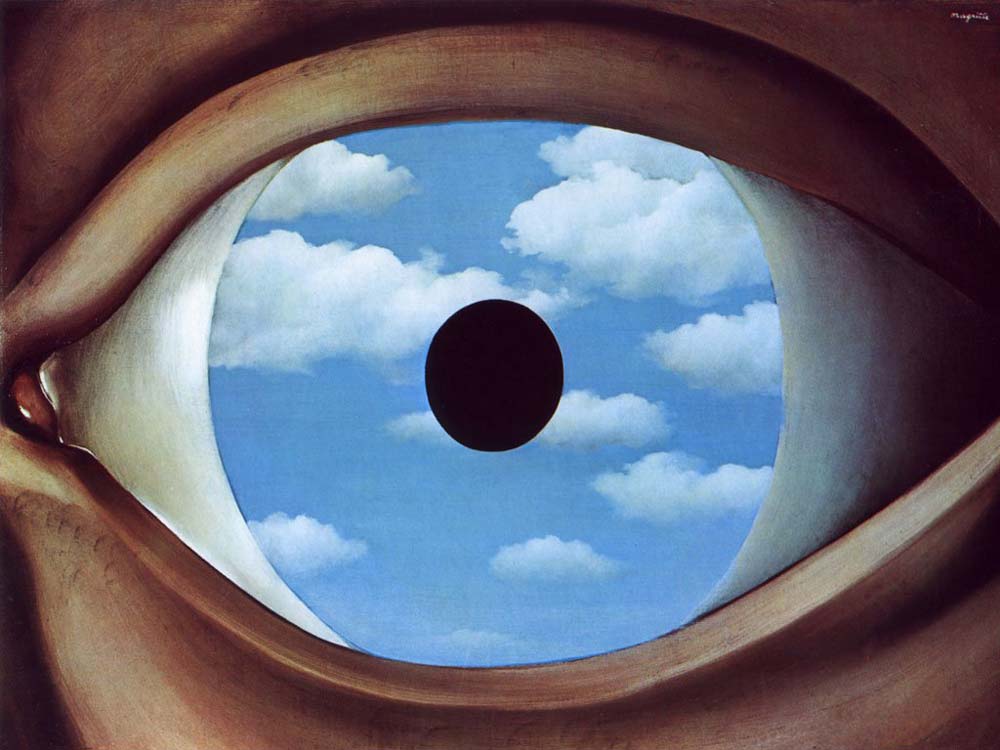David with the Head of Goliath c1610
Michelangelo Merisi da Caravaggio 29 September 1572
– 18 July 1610) was an Italian painter active in Rome, Naples, Malta,
and Sicily between 1592 (1595) and 1610. His paintings, which
combine a realistic observation of the human state, both physical and
emotional, with a dramatic use of lighting, shining a spotlight directly one
direction at the object. Had a formative influence on Baroque painting.
Caravaggio trained as a painter in Milan under Simone
Peterzano who had himself trained under Titian. In his twenties
Caravaggio moved to Rome where there was a demand for paintings to fill the
many huge new churches and palazzos being built at the time. It was
also a period when the Church was searching for a stylistic alternative to Mannerism in
religious art that was tasked to counter the threat of Protestantism.
He burst upon the Rome art scene in 1600 with the success
of his first public commissions, the Martyrdom of Saint Matthew and Calling
of Saint Matthew. Thereafter he never lacked commissions or patrons, yet he
handled his success poorly. He was jailed on several occasions, vandalized his
own apartment, and ultimately had a death warrant issued for him by the Pope.
David with the Head of Goliath is a painting by the
Italian Baroque artist Caravaggio. David with the Head of Goliath is, according to art
historians, a self-portrait of Caravaggio
The painting has been dated as early as 1605 and as late
as 1609–1610
The immediate inspiration for Caravaggio is a work by a
follower of Giorgione, c.1510.
The painting shows a young man, David, with his chest
partially bared as though his shepherd’s tunic had fallen in disarray in the
heat of the conflict. David’s left hand grips the hair from which the
decapitated head of Goliath is suspended. Goliath’s mouth is partially open, as
though the moment of death was mid-scream. His sightless eyes glare dazedly
beneath hooded lids at nothing, as blood drips grotesquely from his detached
head.
As David holds the head, he looks at it with a downcast
expression that has been the subject of much conjecture. Some believe the look
is pensive, compassionate, and filled with remorse. Others see a look of quiet
triumph, exemplified by the brightness of his face in contrast with the rest of
the painting.
The weapon in David’s hand is not the famous sling of the
Biblical story, but Goliath’s own sword which was used by David against him. A
close look at the sword shows the following inscription: “H-AS OS” which is
believed to be an abbreviation for the Latin phrase “Humilitas occidit superbiam”
(humility shall kill pride).
The colours used in this painting are dark and warm, the background is dark, it was painted black in order to make David and Goliath stand out, we can see that David is standing out the most, showing he is a hero for killing a giant, half of his right arm is shaded dark because of the spotlight shining directly at one spot which is mostly his arm holding Goliath's head and David's his chest.
This painting is a realistic depiction, it has very real features and very realistic details on David's body and Goliath's head.
David with the head of Goliath's painting has a 3 dimensional feature, the fact that David and Goliath stand out from the dark background gives this image a 3 dimensional look but the canvas is a flat surface otherwise.
This Painting is very interesting, there is so much history behind it, I adore how the light shines only at one spot and giving that area so much details to look at, it truly is a great piece, Caravaggio had very realistic painting skills, he could paint a human with so much accurate details, showing every small part makes it stand out a lot from the dark background,














.jpg)

.jpg)










